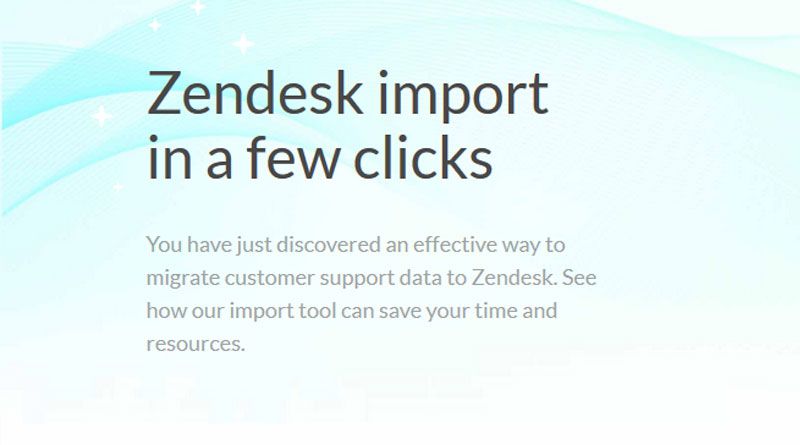When I worked for this IT company we moved to a new office three times. The first move took three days, the second – one day, and the third – 4 hours. The secret – the third time we relied on a detailed plan.
Migrating to a new help desk is very much like moving to a new office: good planning is halfway to success. In this article, we will share some tips that will help you think through your Zendesk import.
Document the migration plan
The migration will engage not only customer support team but other teams as well. So it is essential to have a documented plan that can be easily reached by anybody.
The plan should outline the timelines, responsibilities and coordinate the actions of all participants. Companies who already migrated their data between help desks, advice that it should state the following.
Who is in charge. Migration is a project. So, it should have a person responsible for its successful completion. Other than that, it is important that everybody in the company knows who they can contact in case any issues occur.
When the move will start and end. Having a deadline for your help desk migration allows to not only keep things organized but also prevent postponing. The general recommendation is to study the support reports and choose the day and time when the load on the support team is the lowest.
What information is moved. Like moving to a new office, you don’t have to take everything to a new help desk. Migration is a great opportunity to go through the conversation history and filter out outdated information.
Review automation rules and scripts
Same as with data, go through the macros, automation rules, email templates and other features that allowed to streamline the workflow. Decide which should be documented and re-created in Zendesk.
Decide on the way to perform the import
The medium you’re going to use to transition data to Zendesk is crucial. It defines the load on your team and the migration budget.
Zendesk allows importing the data for free from a CSV file or via API. However, both methods will involve your team: tech engineers, support managers, software developers, etc. As an alternative, you could use an automated Zendesk import service. With its help, the support team can concentrate on solving customers’ issues while the data is being migrated.
To use such a service, you’ll have to pay a certain fee. However, if you put together the daily wage of each employee involved in the migration process and multiply it by the number of days it will take to transfer the data, you might end up with a number much bigger than the fee.
Ultimately, the automated data migration tool can save a significant amount of time and money.
Find a partner you can rely on
Moving large amounts of data is not an ordinary task. It’s far more considerate to have an experienced partner by your side who can guide you through the process. The partner can be your target helpdesk vendor, or a support engineer from the team of an automated migration service, or an independent specialist.
The bottom line
A detailed plan is a key to success. Support teams may find it hard to make the time to sit down and think everything through. However, the time spent preparing for the move will definitely pay off. Hopefully, these tips will help you create an actionable plan and enjoy the possibilities of Zendesk.
Olya Berestetska, a freelance writer for Help Desk Migration service. Love writing about technologies in simple words.

